The Rover SD1 had all the good stuff: designed in 1970 by the rock ‘n’ roll design team of David Bache, Gordon Bashford, and Spen King, it looked like a Ferrari Daytona that had been taken roughly from behind by a Maserati Indy and, in 3.5-litre V8 format, sounded like a American muscle car enthusiast’s wet dreams. It was cheap and beautiful and handled brilliantly. It should have rocked the world.
That it didn’t was almost entirely down to the fact that it was built by Brummies. Harsh? Not really. I spoke to a chap once who told me that the demands of the production line were so great that he was regularly forced to leave out some of the nuts and bolts that he should have fitted, as he simply didn’t have the time to thread them onto the appropriate hole. He’d raised it with the management, but the fact is the management was as much to blame for the woes of the 1970s as the unions, so the SD1 could be a bit of a dog, depending on how diligent the assembly line workers were feeling. Which generally wasn’t very.
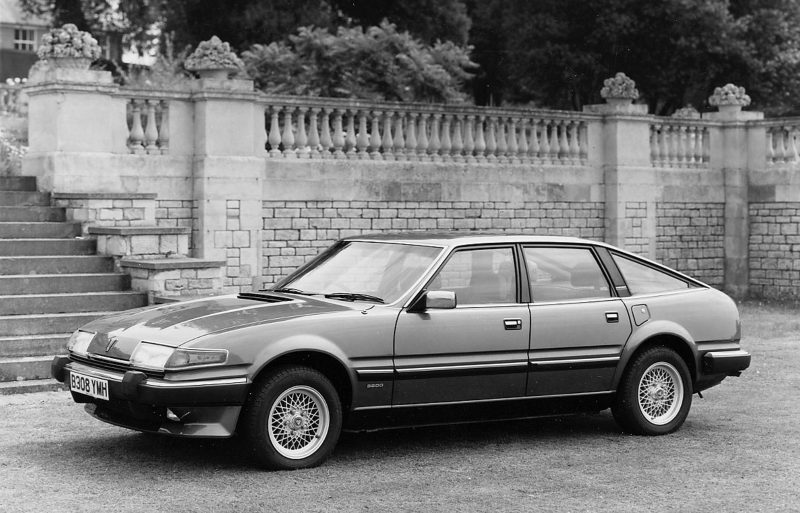
Originally slated to feature gullwing doors, sanity prevailed and the SD1 (named because it was the first car to come from Rover’s newly created Specialist Division) ended up as a beautiful, if conventional, hatchback.
The launch in 1976 was a resounding success but BLMC was being especially twatish, and the only engine initially offered was the gas guzzling Rover V8. Even that might not have been terminal but for the fact that industrial action had brought the assembly line to a shuddering halt. Even that might not have been terminal but for the fact that certain key suppliers – including the Prince of Darkness himself – went on strike too.
Because there was no one to assemble the parts that weren’t there in the first place, waiting times stretched to 6 months and more. Customers got bored and lost interest in the Rover SD1 and wandered off in droves to buy a car that they could actually, well, buy. Like the Ford Cortina, which was extraordinarily dull, even then.
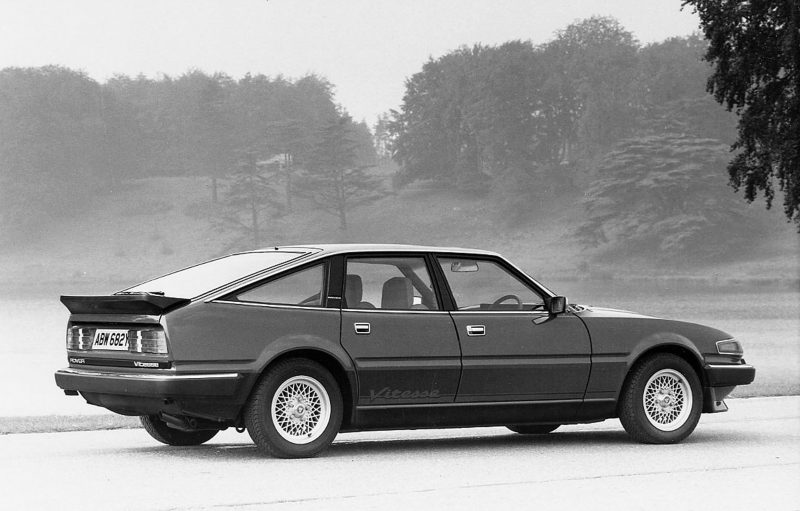
Yep, BLMC managed to kill an affordable car that looked like a Ferrari Daytona and sounded like the gates of hell grinding open, handing their customers over to their deadliest rival. I bet if you listen really carefully you can still hear them chuckling over in Brentwood.
Things did get on a more even keel but the quality issues had started to raise their ugly heads by then: electric windows went down when they shouldn’t, or didn’t rise when they should. Some unlucky souls even came back to their cars to find that the SD1 had done a Christine and opened a window or two at random in their absence; the paint hadn’t been left to cure properly in the rush to get them into the showrooms, so it started to peel off in large flakes; starting problems stranded owners by the hundred; and poor sealing meant that the boot and cabin could flood in heavy rain.
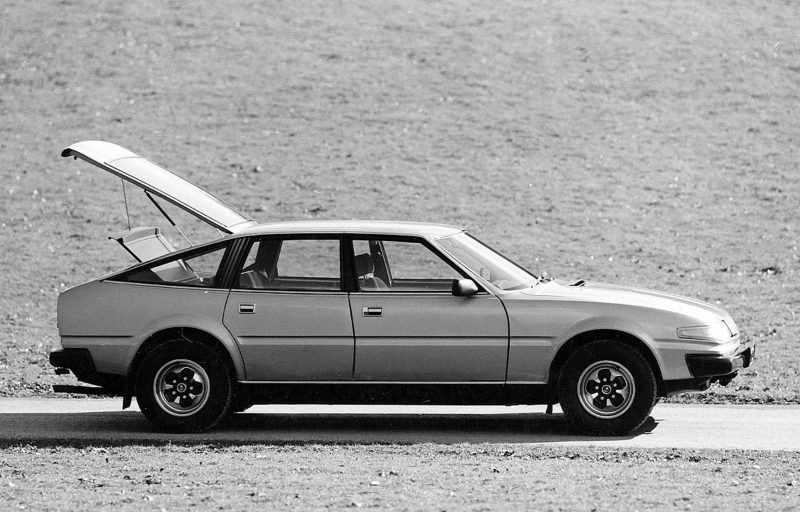
Despite all this, people still bought the bloody thing. Well, it did look like a Ferrari and sounded like, well, you get the picture.
The interior is modern and contemporary even now and there isn’t even the faintest a hint of the wooden trim that had always been the mark of an expensive, executive car. It truly was supposed to represent the beginning of a whole new era for premium British cars. Embracing the inevitable and making a feature out of a dwindling development budget, the dashboard was symmetrical in order to make the transition to left-hand-drive for foreign markets easier. As a result, the Rover SD1 had a glovebox on each side.
A range of petrol engines were eventually offered spanning 2000cc through to 3500cc with increments at 2300cc and 2600cc and there was even an Italian turbo diesel engine displacing 2400cc and 90bhp for the parsimonious Ferrari wannabe (don’t laugh, they’ve made a Maserati diesel, after all…). The straight-six engine developed problems, mainly around its age and the inadvisability of trying to add an overhead camshaft to an engine that was never meant to have one.
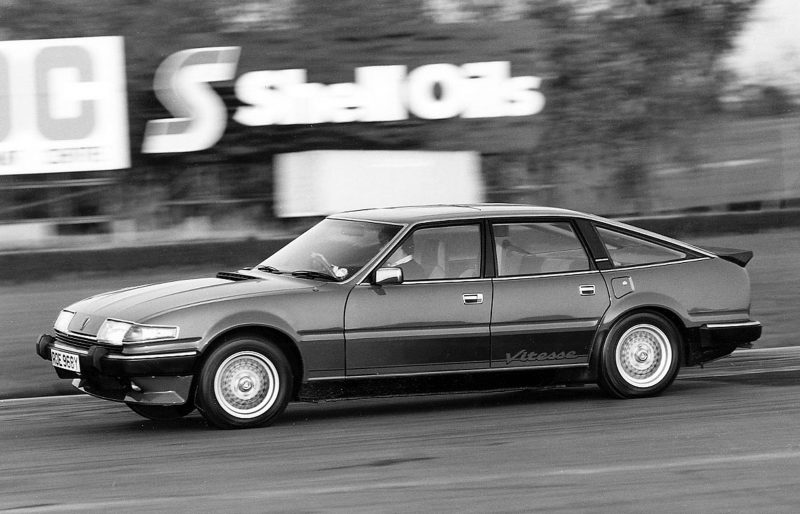
The 1982 revamp turned a promising concept into a bloody good car. Honda had finally persuaded BL that it needed to have at least a rudimentary quality control system in place and everyone fell in love with the Rover SD1 all over again. After all, what was there to dislike? It looked like a Ferrari and sounded like…
Sales dwindled as the parts supply was being run down in advance of the forthcoming Rover 800. Bodges were made left, right, and centre to keep production flowing but the SD1 died in 1986 after just over 300,000 had been thrown together. (Tellingly, there has never been a Rover SD2.)
It was unmourned by almost everyone except the police, who loved it so much they snapped up any remaining 3.5 V8 cars, stashing them in fleet garages across the UK and trickling them out into their fleets until 1989. (See here for a fabulous video showing the infamous ‘liver run’ of 1987 in an SD1.)
In fact, when I joined the Metropolitan Police in 1993 there were rumours that they’d kept a fleet of unregistered SD1s in the garage at Hendon as a hedge against an unspecified apocalyptic event and then forgotten all about them. No one would admit to having misplaced a couple of dozen cars, so they just sat there slowly deteriorating until someone could figure out what to do with them. It seemed like a sad but fitting end to such an extraordinary car.
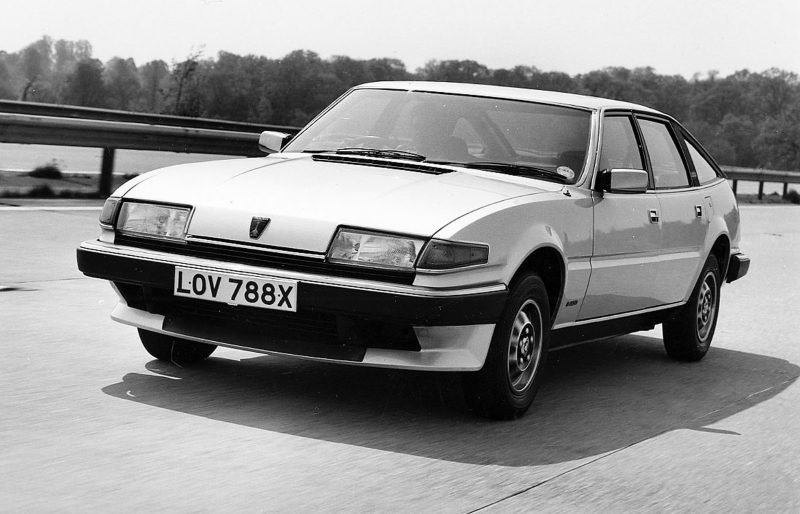
There are fewer than 400 SD1s left in the UK, most having fallen by the wayside as victims of indifferent build quality, rampant rust, and dwindling enthusiasm, but we think they could be one to watch. After all everybody loves a V8 and the SD1 is such a distinctive part of British motoring history that it could become sought after as numbers dwindle even further.
Looking at the price trends over the past 6 months (view the price trend on any car here), there has actually been a slight increase and we reckon that might just continue.

Ok, so it is never going to enable you to retire, but should let you enjoy a few years of cost free motoring even after those repairs are taken into account.
So, what to look for? Rust and signs of neglect should form the cornerstone of your pre-purchase inspection. You should also bear in mind that Lucas provided most of the electrical components, so you can expect to spend a significant portion of your spare time with a multimeter in one hand and a soldering iron in the other should you buy one.
On the bright side, the mechanicals are tough and simple and parts are readily available, even now. If you’ve got a hammer and an adjustable spanner you could probably strip one to its component parts, so there is little to fear when the time comes to get your hands dirty.
A manual 3.5-litre is the one everyone wants, including you. The four- and six-cylinder cars are slow and unreliable and as you won’t be using it as your everyday car, the V8’s fuel consumption shouldn’t worry you too much so you might as well get the one that goes well, sounds amazing, and has the widest range of replacement parts on offer.
Don’t buy a diesel. No really, life’s just too short.
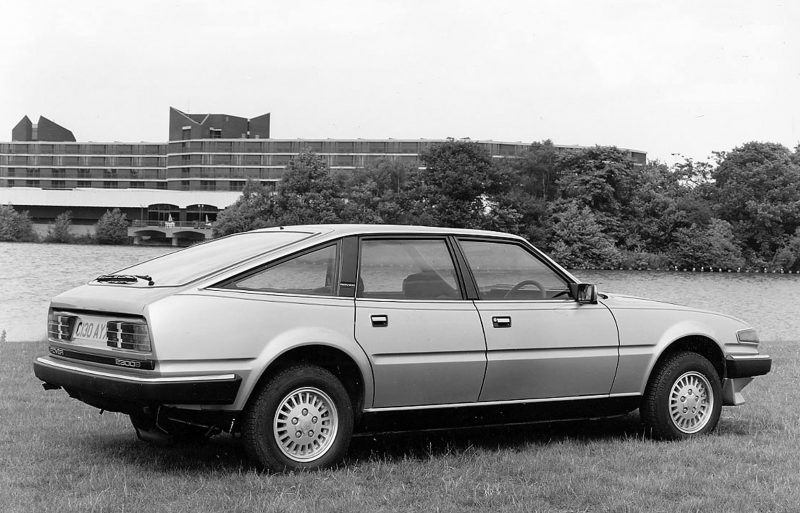
The handling is a little wooly by today’s standards but the ride is very good and you can take a lot of the imprecision out of it by meticulously going through the suspension and steering assemblies and replacing the rubber bushes that will have perished.
Trim was fragile in the first place and will have become brittle with age, so you should snap up any and all trim as it becomes available through eBay or one of the many owners’ clubs out there that cater for old British cars that no-one loves anymore.
The V8’s performance is comfortably quick, rather than outstandingly fast, but there is still real pleasure to be had out of woofling your way along and drawing admiring glances wherever you go.
If you do decide to tune it, the range of parts is, if anything, even wider than the standard stuff and power outputs of 400bhp+ are common, as are kits to add a supercharger or turbocharger. There are even some Janspeed twin-turbo cars out there, which sounds like an easier way to get a sub-seven second time than doing it yourself.
Carlton Boyce